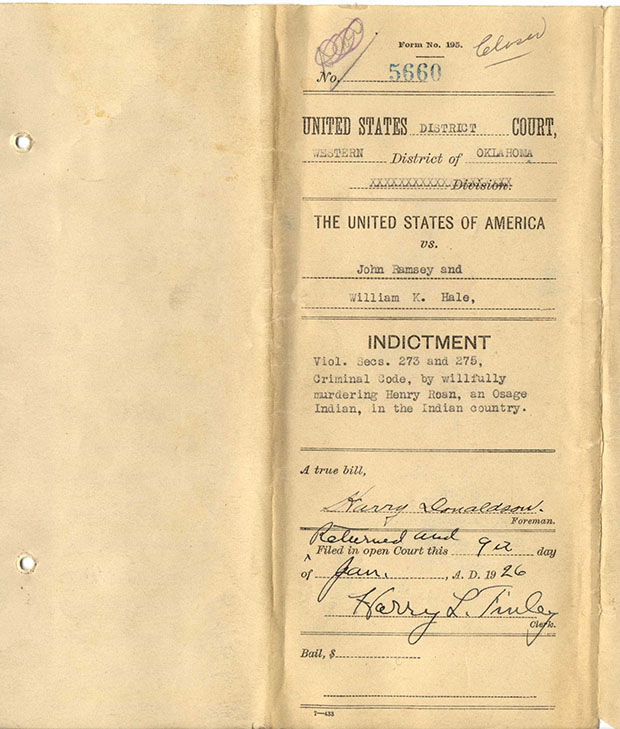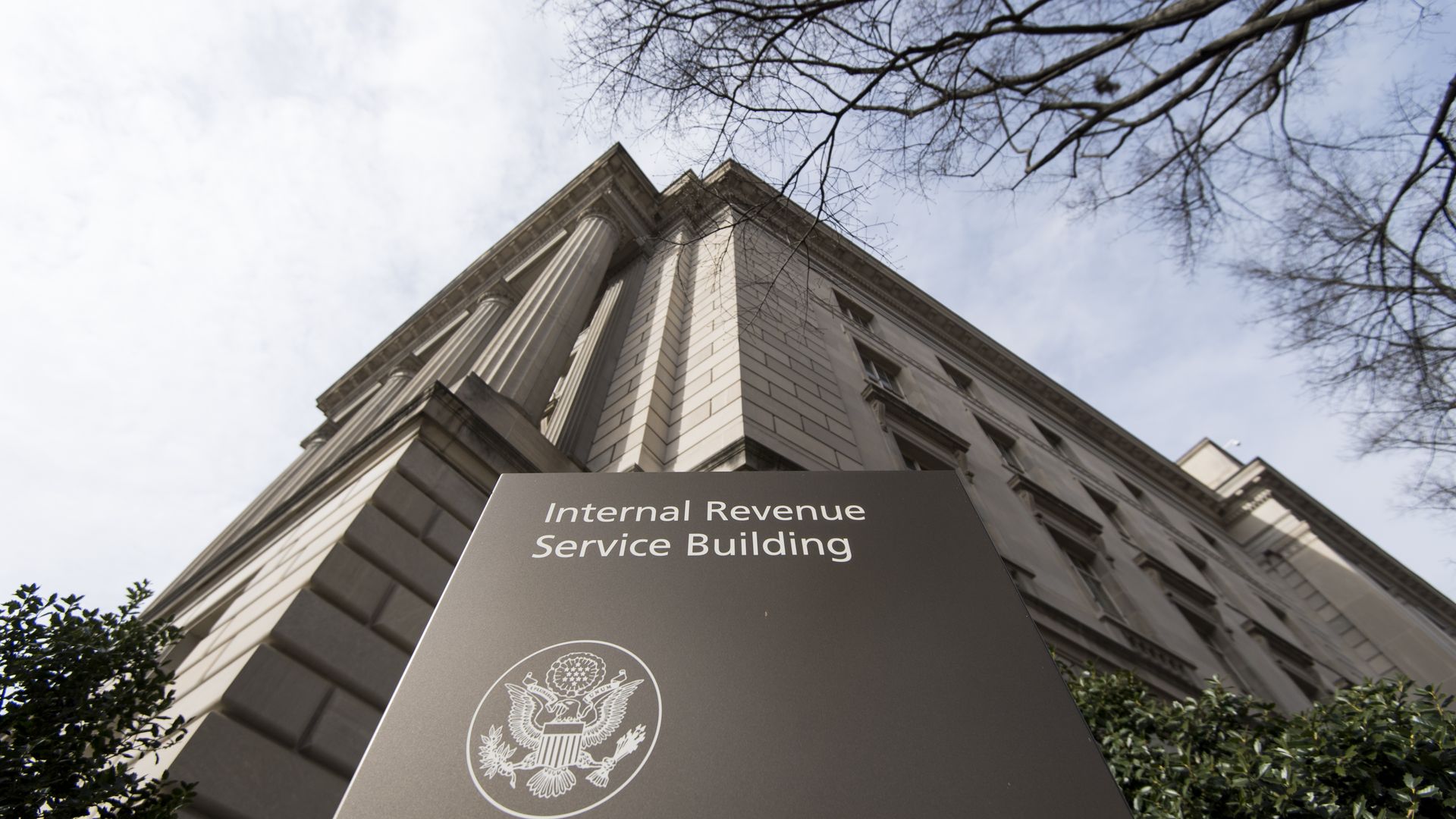What's New
Jo Freeman: There’s Plenty To Do at the RNC – If You Have the Right Credentials
by Jo Freeman
Every national nominating convention has plenty of auxiliary events, some authorized, some not. Getting space can be a challenge; getting the word out even more so. But they do it nonetheless. Press were given a RNC 2024 Master Event Calendar, which was updated a few days later. Events began on Sunday and ended on Thursday. The actual convention sessions were just one item on the list. The calendar said if an event was Open or Closed to press, and also whom to contact to register. I’m going to describe some of the events, including a couple I went to, and a couple I was turned away from.
Since my focus is on women, I obviously wanted to go to those events – if I could.
The National Federation of Republican Women is the largest grassroots Republican women's organization in the country with hundreds of clubs. Founded in 1938, its members made the phone calls and knocked on the doors that elected Republican candidates for decades. It’s Tuesday luncheon featured Arkansas Governor Sarah Sanders. The Master Calendar said it was SOLD OUT and they wouldn’t let me in. I was able to get into their lounge at the Fiserv Forum Wednesday evening, where I was repeatedly asked if I was a member, and if not, would I join. “I’m press,” I said. “I can’t join anything partisan.” I then said: “What brings you here?” On hearing that, finding anyone willing to chat with me was like pulling teeth.
Moms for Liberty met in a concert hall that afternoon. I had pre-registered, and I got in. From high in a balcony seat I listened to several people talk about the evils of transgenderism. It’s webpage says WE BELIEVE Power Belongs to the People. Sound Familiar? With a focus is on parental rights, it wants to “STOP WOKE indoctrination.”
Tuesday I went to “The New Mavericks” reception co-hosted by the Black Republican Mayors Association and the Georgia Republican Party. They honored Sen. Tim Scott, four Congressmen and two Georgia delegates – all male. There was only one mayor on stage, from Aurora, IL. The chair of the Georgia Republican Party was the one white man on the stage. At that event, women served; they didn’t speak. The RNC reported that 55 delegates to the 2024 convention are Black, up from 18 in 2016.
I missed the Independent Women’s Forum toast to “Women Who Make Our Country Great” because I went to Convention Fest: The Official Delegate Experience, which was held in the streets outside the Fiserve Forum and Baird Hall as well as some space inside Baird. To get to that one you not only needed a credential of some sort, but a USSS pass (which I have).
Concerned Women for America parked its pink bus across from the Baird Center the week before the RNC. No one was home. When Convention Fest opened on Tuesday afternoon, they set up a pink tent, from which its leaders preached to whomever passed by. It calls itself “the nation’s largest public policy women’s organization” but its focus is evangelical Christian. The slogan on the side of its pink bus captures this emphasis: “She Prays, She Votes.” A prayer precedes each sermon.
 Stanford News Service: A New, Portable Antenna Could Help Restore Communication After Disasters
Stanford News Service: A New, Portable Antenna Could Help Restore Communication After Disasters
Researchers at Stanford University and the American University of Beirut (AUB) have developed a portable antenna that could be quickly deployed in disaster-prone areas or used to set up communications in underdeveloped regions. The antenna packs down to a small size and can easily shift between two configurations to communicate either with satellites or devices on the ground without using additional power. At its most compact, the antenna is a hollow ring that stands just over 1 inch tall and about 5 inches across – not much larger than a bracelet – and weighs 1.4 ounces. In this shape, it’s able to reach satellites with a high-power signal sent in a particular direction. When stretched out to about a foot tall, the antenna sends a lower power signal in all directions, more like a Wi-Fi router. more »
 National Archives Records Lay Foundation for Killers of the Flower Moon: The Osage Murders and the Birth of the FBI
National Archives Records Lay Foundation for Killers of the Flower Moon: The Osage Murders and the Birth of the FBI
For his bestselling book Killers of the Flower Moon: The Osage Murders and the Birth of the FBI, author David Grann relied on National Archives records to tell the harrowing story of a series of murders in the Osage nation in Oklahoma in the 1920s. In a 2017 interview published in Prologue: Quarterly of the National Archives, Grann stated, “I could not have written this book without the amazing holdings at the National Archives, where I spent hours upon hours researching this largely forgotten chapter in American history. There were so many surprising documents." more »
 IRS: Take Care When Choosing a Tax Return Professional, Ensure That Your Personal and Financial Information is Safe and Secure
IRS: Take Care When Choosing a Tax Return Professional, Ensure That Your Personal and Financial Information is Safe and Secure
"Review the preparer’s history. Check the Better Business Bureau website for information about the preparer. Look for disciplinary actions and the license status for credentialed preparers. For CPAs, check the State Board of Accountancy’s website, and for attorneys check with the State Bar Association. For enrolled agents go to IRS.gov and search for “verify enrolled agent status” or check the IRS Directory of Federal Tax Return Preparers. Ask about service fees." more »
Senate Judiciary Committee Hearing: https://www.judiciary.senate.gov/protecting-children-online
https://www.senate.gov/isvp/?auto_play=false&comm=judiciary&filename=judiciary013124&poster=https://www.judiciary.senate.gov/assets/images/video-poster.png&stt=
Full Committee Hearing
Date: Wednesday, January 31st, 2024
Protecting Children Online
Hearings
FULL COMMITTEE
Big Tech and the Online Child Sexual Exploitation Crisis
Type:Full Committee Hearing
Date: Wednesday, January 31st, 2024
Time: 10:00am
Location: Dirksen Senate Office Building Room G50
Presiding: Chair Durbin more »






